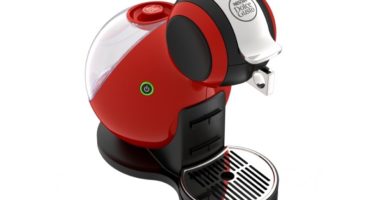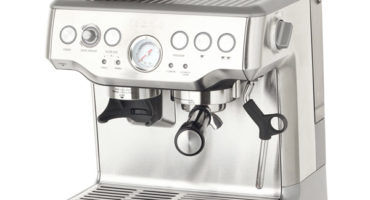- Grinding grains is an important step to obtain a fragrant and tasty drink
- About Settings
- How to set up the coffee machine correctly
- About extraction, setting the time and degree of grinding of grain
- How to operate a coffee grinder
- How much coffee to lay and dosage of liquid
- About product dosage and sequence of actions
- How to set the dosage
- How a milk pump works
- About the quality of milk and its temperature
- Checking the work of the coffee maker
Buying a coffee maker does not mean that you can immediately prepare a high-quality aromatic drink. You will need to set up the coffee machine, on which depends what kind of drink you get on the way out. Aromatic coffee also depends on the degree of grinding of the grain.

We will understand the nuances of the device settings and the features of adjustment. Before revealing professional secrets, we will determine why it is necessary to regulate the grinding of grains.
Grinding grains is an important step to obtain a fragrant and tasty drink
There are three types of grinding:
- Rude.
- Average.
- Thin.

We will find out what sizes of coffee particles are obtained at the exit, and determine the time of the grinding procedure itself.
The degree of grinding of coffee beans is regulated during grinding
- Coarse grinding.
In this case, the particle size during grain processing can be 0.8 mm. It is recommended to make coffee in a French press. The extraction process takes 240 seconds, while maintaining the beneficial properties of all substances.
- Medium grinding.
In this case, the particle size during grain processing can be 0.4-0.5 mm. It is recommended to make coffee in drip coffee maker. This method of processing grains is considered universal. Processing time takes 240-360 seconds.
- Fine grinding.
In this case, the particle size during grain processing can be 0.15 mm. Coffee is recommended to be prepared in geyser and filtration coffee machines. Processing time takes from 60 to 240 seconds.
In addition to the above methods, there is powder (ultrafine) grinding. The drink is prepared in a Turk and served along with the grounds. Coffee made in cezve is bitterness.
There is an opinion that grinding (its degree) is not as important as other components of a quality drink. These parameters are:
- welding time;
- water temperature, its amount;
- extraction time.
About Settings

There are two types of settings for making coffee:
- The main ones.
- Auxiliary.
The main settings are available in all modern machines. Additional adjustments allow you to apply other parameters. In this case, initially:
- A thorough (control) cleaning of the passage paths of milk and grain mixture is carried out. For this, special means are used.
- It is necessary to carry out control measurements. The goal is to reveal hidden preset errors.
- A check is performed and the correct settings are set with their subsequent control.
Let us dwell on such settings as temperature, extraction, water, bookmark and so on.
How to set up the coffee machine correctly
The setup of the coffee machine includes several technical regulations.
- Temperature setting.
After a complete decalcification, which provides 100% throughput of all systems, we pay attention to the extraction, which directly depends on the passage of water and its temperature. Operating temperature parameters must comply with 86-960. Adjustment is carried out by the corresponding button on the coffee machine.
For a specific type of drink (latte, cappuccino, espresso), you can set one of the programmed temperatures:
- Low.
- Standard.
- High.
In professional machines, this mode is set in degrees:
- For each type of coffee separately.
- There is a general settings mode.
Turning the regulator counterclockwise by 1 division reduces the temperature of the liquid by a degree and vice versa.
About extraction, setting the time and degree of grinding of grain
On average, the extraction process takes from 8 to 20 seconds. If less time is spent, the incomplete process is called under-ectration (grains do not have time to fully give caffeine to water). With an increase in processing time, this is re-extraction (the drink acquires a bitter taste).

Manual extraction will take longer if the grain grinding is minimal and vice versa.
How to operate a coffee grinder
The machine setting depends on the degree of roasting of the grains.
The set parameters are set only when the unit is running. If this rule is not observed, the rotary switch may be damaged.
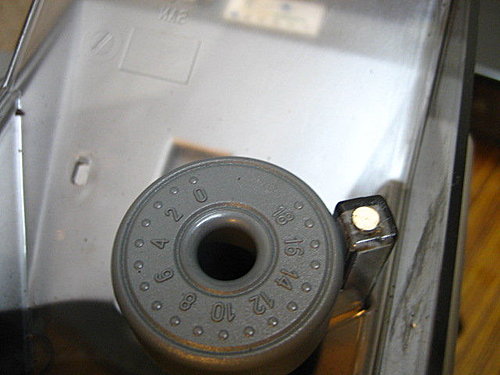
Adjusting wheel.
The most precisely configured coffee machines, which provide for adjustment of 6-10 positions.
Experts do not recommend tuning the equipment to the minimum grinding of grains. There is practically no effect, but you can make problems associated with the brewing unit.
On the quality settings says the output of the cake. If it comes out in the form of a tablet, the machine operates in the set parameters.
How much coffee to lay and dosage of liquid
These indicators, albeit indirectly, affect the process of extraction of coffee beans. Before work, you should familiarize yourself with the manufacturer's recommendations, which are indicated in the documentation.
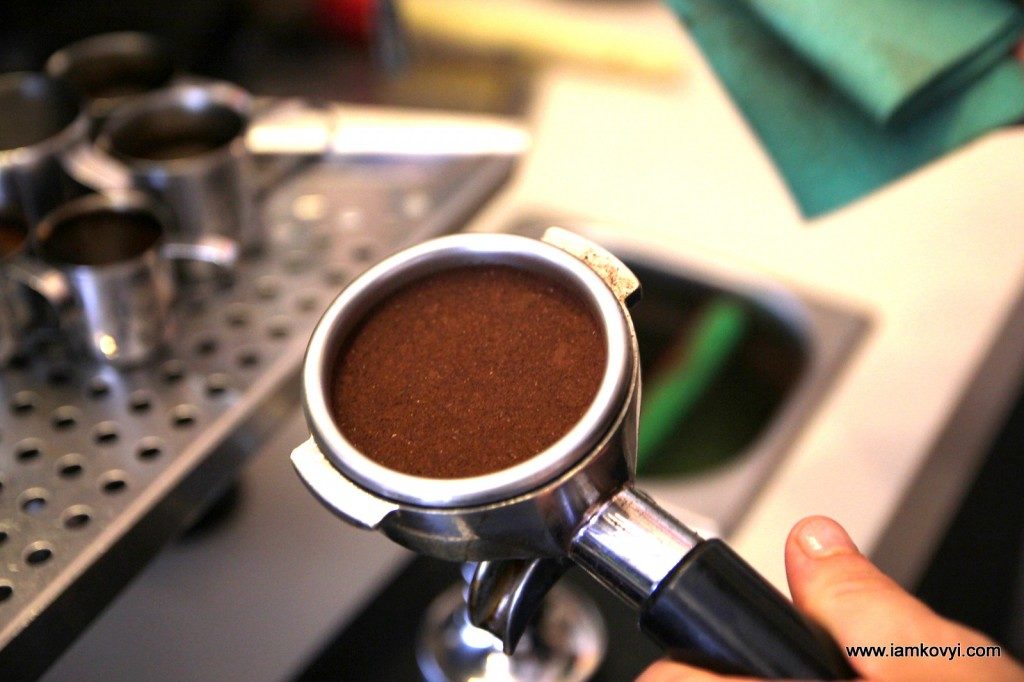
Tablet after tamping coffee
If we talk about volumes, it should be understood that for ordinary espresso a volume of 30-60 ml is needed. For a double portion, this figure will be 60-120 ml. Per serving requires 7 grams. On double - 12 grams.
In modern coffee machines, a portion of the liquid is independently adjusted.
About product dosage and sequence of actions
In modern devices for making coffee on the display or the operation panel there is a three-letter indication (designation):
- Abbreviation "C": coffee.
- The abbreviation "M": milk.
- Abbreviation "S": milk with foam.
The devices have a program with which you can set the feed sequence. For example, first a drink is poured into a cup, and then a milk mixture, or vice versa.
In an operation that is performed manually, you yourself decide what is served initially. There are no strict restrictions and prohibitions.
How to set the dosage
The next process after determining the priority of serving coffee, milk or milk mixture is to set the dosage of the ingredients. Almost all modern models have a special “slider” mark with 14 divisions. From minimum feed to maximum performance.
The leftmost division is the minimum coffee flow. The rightmost division is the maximum water output. The custom pitch is 5 ml. In this case, the range ranges from 20 to 500 milliliters. Then everything is simple: the indicators of the yield of milk and milk mixture are laid.
How a milk pump works
The milk pump is responsible for the exit and formation of foam on the surface of the coffee. It is required to place already warmed milk into the pump.
Measuring time is recommended after cleaning the cappuccino machine. Settings range from zero to 120 seconds.
About the quality of milk and its temperature
In modern devices there is a temperature level, which can be:
- For cold (warm) milk should not exceed 40-45 degrees.
- For moderately warm milk - 60-65 degrees.
- Hot milk - 68-70 degrees.
Temperature indicators are allowed to be set only when the device is operating with a special faucet with manual adjustment.To increase the volume of milk and raise the degree, it is necessary to turn the tap clockwise. Turning it counterclockwise will have the opposite effect.
The flow of milk foam is adjusted in the same way.
Checking the work of the coffee maker
If the coffee maker is configured correctly, and the grinding is performed in accordance with the manufacturer's instructions, the press on the output should be in the form of a “tablet”.
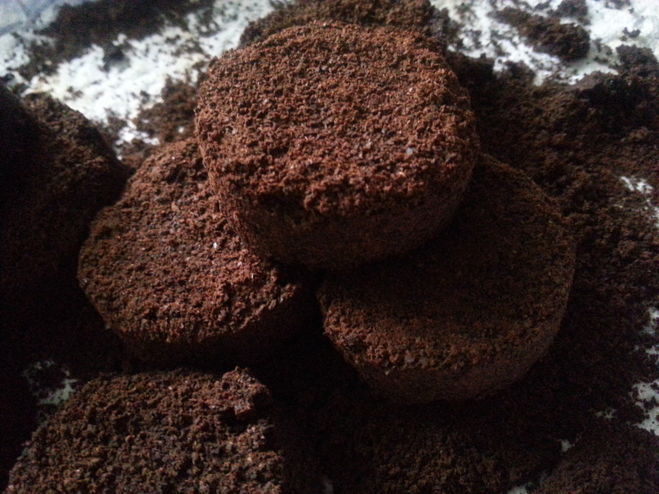
If the coffee machine is unstable, you must call the master or contact a service center.
Setting up a coffee machine is not as complex a process as it might seem. The main thing is to follow the manufacturer's instructions and follow the sequence of operations. Each type of coffee is a new platform for the correct setting and setting the operating modes of the coffee machine.

